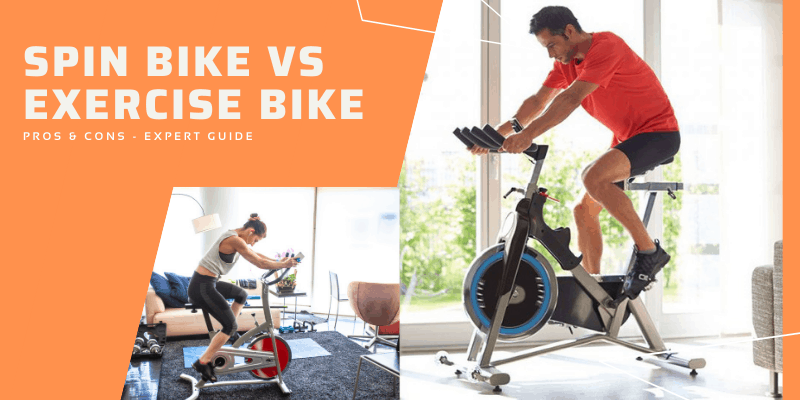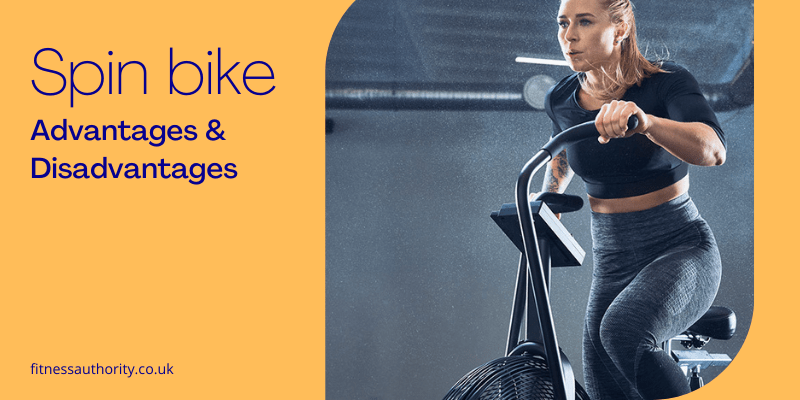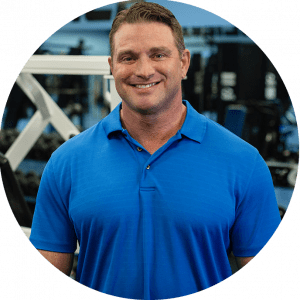
For years, exercise bikes have been a trusty staple of home fitness. Now, spin bikes have emerged to challenge them. Which is better? That depends. Here’s what you need to know.
Content quick to the list
The basics of exercise bikes
Traditional exercise bikes are basically like chairs with pedals. Most of them are like regular dining chairs. In other words, when you’re stationary, there should be a straight line from your head to your heels. A few (recumbents) are more like armchairs. They let you stretch your legs out for even more comfort.
The shape of exercise bikes offers more advantages than just comfort. For starters, it means that most of them can be easily folded away out of use. It also means that they have space for decent-sized consoles and various other gadgets e.g. phone holders.
If you’re into HIIT, then exercise bikes are a decent choice. They’re certainly way better than treadmills. In fact, they’re about on a par with cross trainers (elliptical trainers) but much more compact and affordable. It has to be said, however, that spin bikes give a faster response.
If you’re into live classes, then, in principle, you’ll be better with a spin bike. That said, if you don’t have space/budget for one, then you can definitely use an exercise bike. Ideally, you should be prepared to invest in at least a mid-range one. In general, however, just do what you can with what you have.

How many calories do you burn on an exercise bike?
If you’re thinking that the emphasis on comfort means that exercise bikes are the easy option, then think again. Even a fairly moderate, 30-minute workout can burn off more than 300 calories. If you’re prepared to put the work in, you can burn off double that or even more.
Exercise bike advantages/disadvantages
Exercise bikes win on:
- Comfort
- Price
- Compactness
They lose on:
- Speed of response (e.g. resistance changes)
- Support in live classes
- Customizability

The basics of spin bikes
Spin bikes are basically fixed-wheel road bikes put on a stand. This means that the default riding position is leaning forward over the handlebars rather than upright. As a result, spin bikes are rather less comfortable than traditional exercise bikes. They do, however, give you a much more realistic cycling experience.
In fact, you set up a spin bike in much the same way as you’d set up an actual road bike. They generally offer a much higher degree of customizability than exercise bikes. They’re also built to withstand harsher use. This robustness is reflected in the price. It’s also reflected in the size and weight. You’ll generally want to keep a spin bike where it’s going to be used.
Despite the size and price, spin bikes tend to have very little space for gadgets. In fact, all you’re likely to get is a screen or at least space for a tablet. You might get a water-bottle holder if you’re lucky. The emphasis on screens highlights the fact that spin bikes are really intended for use in live (online) classes or at least for video workouts.
Spin bikes are also the better option for HIIT if you have the budget and space. Firstly, they’re super-responsive. Secondly, the fact that they have a fixed gear means that the wheel can keep moving even when you’re not pedalling. This can give you more flexibility for your workout.
How many calories do you burn on a spin bike?
This one is a bit of a challenge. In principle, the calorie burn on a spin bike is pretty much identical to the calorie burn on an exercise bike. In practice, however, spin bikes are much more likely to be used for live classes, or at least video workouts. For some people, this gives them the motivation to push themselves a bit harder and hence burn more calories.

Spin bike advantages/disadvantages
Spin bikes win on
- Speed of response (e.g. resistance changes)
- Support in live classes
- Customizability
Spin bikes lose on
- Comfort
- Price
- Compactness
Does cycling work abs?
It’s pretty self-evident that cycling is a great workout for the butt and legs. It’s also pretty self-evident that, by itself, it doesn’t do much for the upper body. That said, it does give the arms and shoulders (biceps, triceps and deltoids) a bit of a workout. What’s more, you can up your game with resistance bands or weights.
So that leaves the bit in the middle, the abs. What does cycling do for those? Well, the short answer is that cycling can do a lot for your abs. If you want to know more, keep reading.
Shifting belly fat
OK, let’s start with the reality check. All forms of cardio will burn fat. It will, however, burn fat in the order your body decides to burn it. There is absolutely nothing you can do to influence that.
As a rule of thumb, the parts of your body where you first put on fat are the parts of the body where you first lose it. With men, this tends to be the belly. With women, it tends to be the but, hips and thighs and then the belly. There are, however, no hard-and-fast rules about this.
So, in short, cycling will burn off belly fat. It may, however, take longer to do so than you’d like. That said, if it does, it will be because your body is burning off fat in other areas. This means that you will look slimmer overall. You’ll also be improving your muscle tone.
Toning the abs
There are two reasons why cycling tones your abs and both of them relate to the physical mechanics of cycling. Firstly, the power behind each cycle stroke actually starts at your abs. Secondly, your abs are what hold you in the right position for cycling.
Think about the action of pedalling. You push down with one leg. Then you push down with the other. As you do, your weight shifts from one side to the other. It can’t, however, be allowed to shift too much or else you’d fall off. Your abs, therefore, adjust to compensate. This means that they’re continually shifting from one side to another for as long as you keep pedalling.
That’s not all your abs have to do, or at least it shouldn’t be. Your abs should be holding your body upright/forward (depending on your bike). Likewise, if you stand up on your pedals, your abs should be working to support your body weight. Your arms and shoulders will be doing some work. They should, however, be taking a very small part of the load.
A common cycling mistake is to lean on the arms and shoulders rather than engaging the abs. Resist the temptation. Firstly, it leads to all the problems usually associated with bad posture, including back pain. Secondly, it stops your abs from getting the workout they deserve.
Engaging your abs
If you want to give your abs even more of a workout, there are a few specific exercises you can try. They will all work on both spin and exercise bikes. Recumbent users will only be able to do the controlled-breathing exercise. On the plus side, it is effective.
Controlled breathing
Take a deep breath, contract your abs, hold and release. Ideally, you’re looking to hold for about 15 seconds but stay within your safe limits. Release as slowly as you can. Try to repeat 3-5 times, depending on the length of your workout.
One-arm riding
Take one arm off the handlebars and bring it in towards your stomach. Ride for about a minute and then swap arms. This helps to work the side abs.
Stand up
Simple as that, pedalling from a standing position works the abs even harder than pedalling when seated. Ideally aim to do this for at least a minute over the course of your workout.
In short
Both traditional exercise bikes and spin bikes will give you all the benefits of cycling. Exercise bikes may be the only practical option for people who are tight on budget and/or space. If, however, you have a choice, then exercise bikes are generally better suited to solo workouts. Spin bikes are better suited to classes and HIIT
Katie is our resident Editor and extremely is a well-respected voice in the world of fitness. Katie has a first-class Hons degree in Journalism and is proud to say that she has written leading entries featured in the biggest media outlets including Vogue, Women Health Magazine and CoachMag. Great outdoors and animal lover and always on the go


![Spin Bike vs Exercise Bike – Pros and Cons [Expert Guide]](https://fitnessauthority.co.uk/wp-content/uploads/thumbs_dir/Exercise-Bike-Benefits-2-p3n0pnibwuunq71gefhfa4kaon4gaqpwvx5sxu2z3w.png)
![Spin Bike vs Exercise Bike – Pros and Cons [Expert Guide]](https://fitnessauthority.co.uk/wp-content/uploads/thumbs_dir/Vibration-Plate-Benefits-1-p42gd4jeci3jaqvo61hmzbir48jubt4d3x4nbmqeyk.png)









